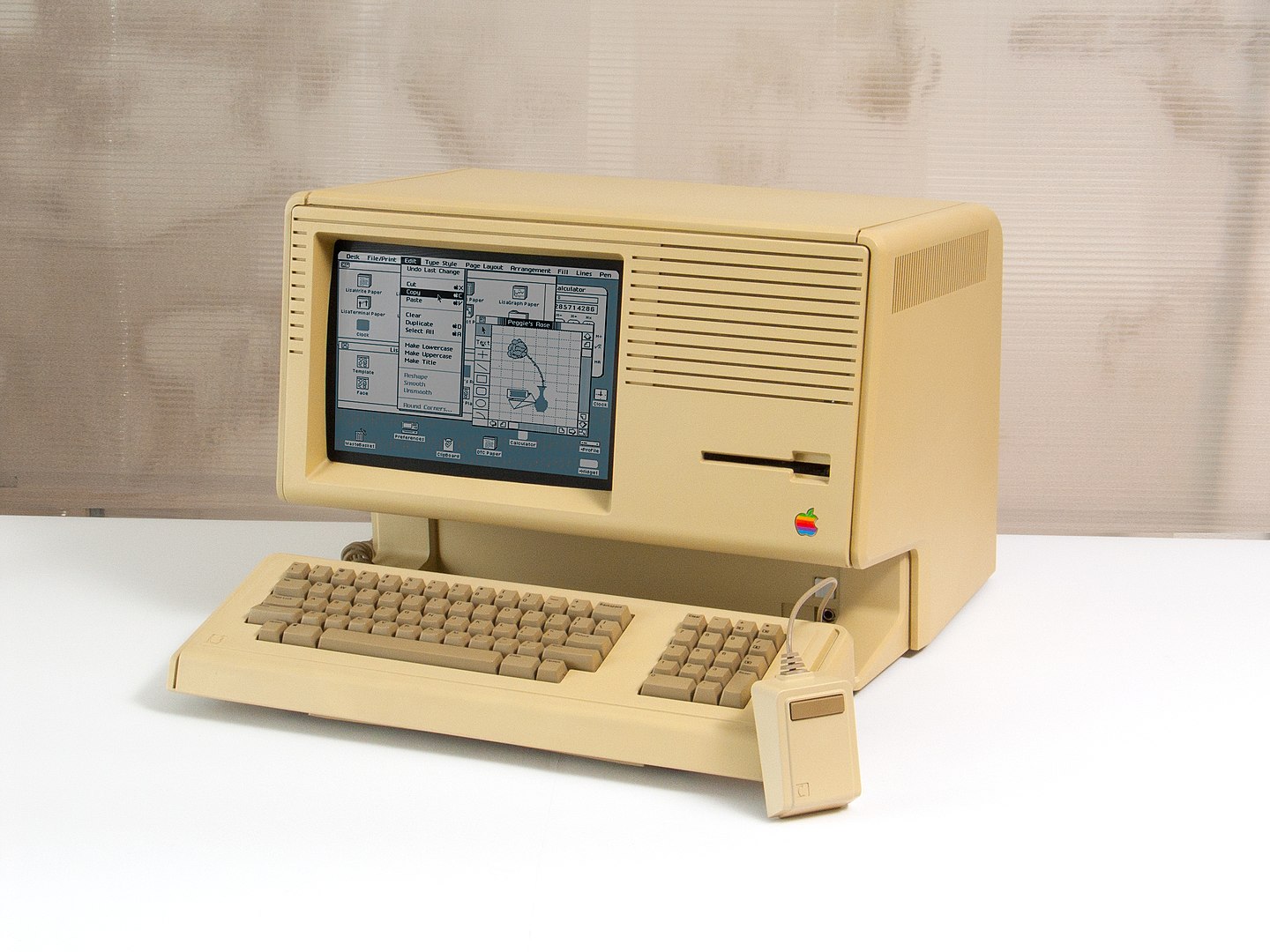Mac Origins – The Lisa

Lisa Computer by Apple
The Apple Lisa: A Pioneering Step Toward the Modern Mac
Before the Macintosh took the world by storm in 1984, Apple had already laid the groundwork for graphical user interfaces with an ambitious, expensive, and often misunderstood machine: the Lisa. Introduced in January 1983, the Lisa was the first personal computer sold to the public with a graphical user interface (GUI), a mouse, and multitasking capabilities. Though it ultimately failed commercially, the Lisa was a technological and an experiment that paved the way for the success of the Macintosh.
A Machine Named After Jobs’ Daughter
The name “Lisa” is often believed to be an acronym for “Local Integrated Software Architecture,” but it’s widely accepted that the machine was actually named after Steve Jobs’ daughter, Lisa Nicole Brennan. At the time, Jobs publicly denied the connection, though he later admitted it was a tribute. The Lisa project was Apple’s first serious attempt at reimagining the personal computer as something intuitive for everyday users, a concept that would later blossom with the Macintosh.
Specs Ahead of Its Time (and Some Major Flaws)
The Lisa featured a Motorola 68000 CPU at 5 MHz, 1 MB of RAM, and a 12-inch monochrome display at 720×364 resolution. However, its original 5.25-inch “Twiggy” floppy drives—Apple’s proprietary design—were notoriously unreliable and prone to failure. So bad, in fact, that Apple replaced them in later units with 3.5-inch Sony drives and even offered replacements to early adopters. The issues with Twiggy drives contributed to Lisa’s early setbacks despite its otherwise advanced capabilities.
The GUI Revolution (and NASA’s Unlikely Dependence)
The Lisa introduced the concept of the modern graphical user interface, with Steve Jobs borrowing ideas from Xerox PARC in Menlo Park (a stone’s throw away from Apple’s headquarters in Cupertino, California) and evolving them with a desktop metaphor featuring icons, folders, and windows. But Lisa wasn’t just a demo piece—organizations like NASA used the Lisa for serious work, such as project management with LisaProject. When Apple discontinued the Lisa, NASA was left in a bind, underscoring how even niche systems can become vital to critical missions.
High Price, Low Demand
The Lisa launched at a jaw-dropping $9,995—equivalent to over $30,000 today. Despite its cutting-edge features, few businesses could justify the cost, especially as the IBM PC was becoming the enterprise standard. Combined with performance lags from GUI overhead and unreliable hardware, Lisa struggled to gain a foothold, leaving Apple with excess inventory and dwindling enthusiasm from its own leadership.
Rebirth as the Macintosh XL—With Quirks
In 1985, Apple rebranded the Lisa 2/10 as the Macintosh XL in an attempt to align it with the more successful Mac brand. One oddity? The Macintosh XL used rectangular pixels instead of square ones, which distorted Mac software visuals. Apple responded with a “Macintosh XL Screen Kit” that shifted to a 608×432 resolution with square pixels. The XL also featured a unique upgrade path with up to 8 MB of RAM—far more than most Macs at the time.
Buried in the Desert, But Never Forgotten
By mid-1986, the Macintosh XL was also discontinued. Apple reportedly dumped thousands of unsold units in a Utah landfill, a symbolic end to a pioneering yet commercially unsuccessful machine. The story became Silicon Valley lore, yet Lisa’s underlying concepts and team helped shape the architecture of the Macintosh and macOS for decades to come.
A Cult Classic with a Technical Legacy
Today, the Lisa is remembered as a cult icon and a prototype for the future of computing. It wasn’t just ahead of its time—it helped define what the future would look like. From overlapping windows and hierarchical filesystems to early RAM expandability and niche commercial use cases, the Lisa remains one of the most important “failures” in Apple’s history—and arguably, one of its most influential machines.
